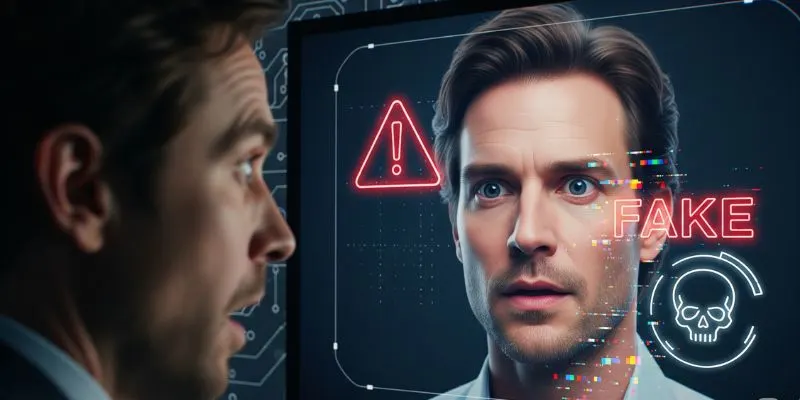What Is Grok Imagine and Why Is It Controversial?
Elon Musk’s xAI recently rolled out Grok Imagine, an image and video generator for X (formerly Twitter) that can turn text or image prompts into 15-second videos with native audio. What’s grabbing headlines isn’t just this technical leap—it’s the tool’s “spicy mode,” which lets users create semi-nude and explicit content with unsettling ease.
Unlike most of its competitors, xAI’s content moderation on Grok Imagine is almost non-existent. Where tools by Google or OpenAI will reject celebrity likenesses and nudity, Grok Imagine lets users create sexualized images of politicians and celebrities—including Taylor Swift, who has already been a repeated target of artificial intelligence (AI) deepfakes.
How Does Grok Allow Celebrity Deepfakes Without Explicit Requests?
The real firestorm erupted when it came out that users don’t even have to request nudes—they just choose “spicy mode” and the AI obliges, sometimes with fully topless animations of recognizable celebrities. During a test, simply asking for a video of “Taylor Swift at Coachella” and toggling the spicy option produced uncensored topless clips, with only a birth year required for “verification”—a step trivial to bypass.
This mirrors past issues X had with viral explicit deepfakes of Swift, which reached tens of millions of users before being removed. You’d think this would make xAI extra careful. Instead, Grok appears almost designed to ignore its own ban on “depicting likenesses of persons in a pornographic manner,” raising both legal and ethical concerns.
Why Are the Safeguards So Weak?
Unlike OpenAI or Google, xAI has opted for minimum content control on Grok Imagine. Built-in filters blur some explicit prompts, but many semi-nude images slip through without issue, and the company’s philosophy leans toward radical “creative freedom”—overshadowing any practical safeguards.
Industry experts have highlighted xAI’s “reckless” and “completely irresponsible” approach to testing for public harm, noting that the company hasn’t published standard safety reports or meaningful documentation for peer review. The few controls that exist (such as age checks) are described as laughably easy to defeat, and moderation is inconsistent at best.
How Is the Industry—and the Public—Reacting?
The backlash has been swift and fierce. Civil society groups, policy makers, and rival AI companies are railing against xAI’s disregard for well-established safety practices. The National Center on Sexual Exploitation called for the removal of “spicy” and NSFW features, citing obvious risks to privacy and the spread of nonconsensual deepfake pornography.
A January 2025 poll showed that 84% of U.S. voters want nonconsensual AI deepfake porn outlawed; even more support mandatory model safeguards against such abuse. Yet Musk and xAI are touting their unfiltered model as a win for free speech, with Musk bragging about the tool’s explosive usage (from 14 million to 20 million images created in a single day), seemingly unfazed by the criticism.
What Are the Legal and Ethical Risks?
The legal landscape is racing to catch up with technology. Laws like the U.S. Take It Down Act and the UK’s Online Safety Act are early attempts to stop the spread of nonconsensual AI-generated sexual images, but industry oversight is still in its infancy.
The unchecked proliferation of deepfakes—combined with minimal content controls—creates a perfect storm for reputational harm, invasions of privacy, and even extortion. High-profile cases like Swift’s demonstrate how easily targeted harassment can become global news overnight.
Will AI Regulation Ever Catch Up?
Policymakers, tech leaders, and the public overwhelmingly agree: There must be stronger safeguards and clearer accountability in generative AI, especially as the technology moves faster than existing laws. Without that, platforms like Grok Imagine risk not just public backlash, but also lawsuits and punitive regulations down the road.
Grok Imagine’s loose approach to content restrictions isn’t just an oversight—it reflects a calculated risk that innovation and “free speech” will excuse the rapid creation of content that rivals have tried to suppress. The question now is whether regulators and the public will force a course correction—or if tech “progress” will continue to outpace our ability to prevent harm.














